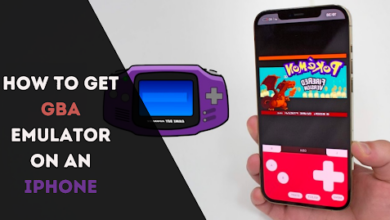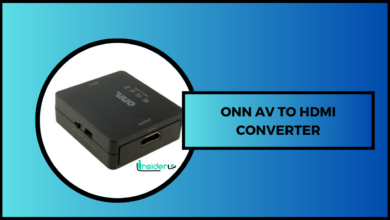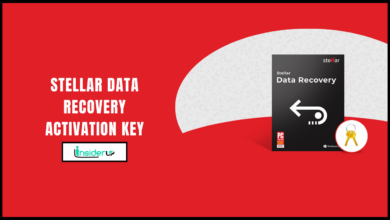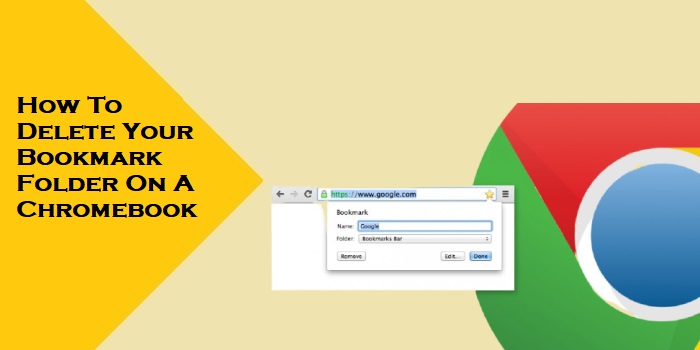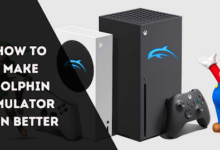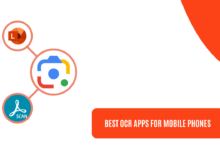4 weeks ago
Browsing Breweries: A Guide to Denver’s Unique Craft Beer Scene
Welcome, fellow beer enthusiasts and curious explorers! Denver, the “Mile-High City,” has earned a well-deserved reputation as a craft beer…
March 14, 2024
How to get a Pokemon Game Emulator on iPhone
Pokemon was first developed in 1916, and from that moment, it became one of the most beloved franchises for decades,…
March 6, 2024
iPhone Notification Sound Download for Android
Today, everyone wants to make their devices unique in our digital world. Many people love the special sounds that iPhones…
March 5, 2024
Exploring HeNe Laser Accessories
Highly coherent and characterized by a distinct red-orange glow, Helium-Neon (HeNe) lasers have extensive applications in various fields, from scientific…
February 29, 2024
How to Get a GBA Emulator on an iPhone
Most of us still want to enjoy the feel of classic games or old retro games like Super Mario, Pokemon,…
February 28, 2024
What are the Common Types of Knowledge Used in Organizations
We’ve all had experiences at work that taught us something new. Maybe you learned how to use a complicated program…
February 24, 2024
How To Make Dolphin Emulator Run Better
Are you an online gamer or belong to the gaming community? If yes, you must be familiar with Triforce, WII,…
February 24, 2024
How to Show Two Time Zones on Android Lock Screen?
In our interconnected world, where connections span across different time zones, the demand for efficient time management solutions has surged.…
February 23, 2024
Fairplay Fantasy IN: Feature description and app installation guide
Fairplay Fantasy – Portal for active gamers in Canada You will experience feelings that you will never forget, and the…
February 23, 2024
A Guide to Packing for Student Accommodation in Bolton
If you’ve been accepted at university and need a place to stay during your studies, student accommodation is often the…
